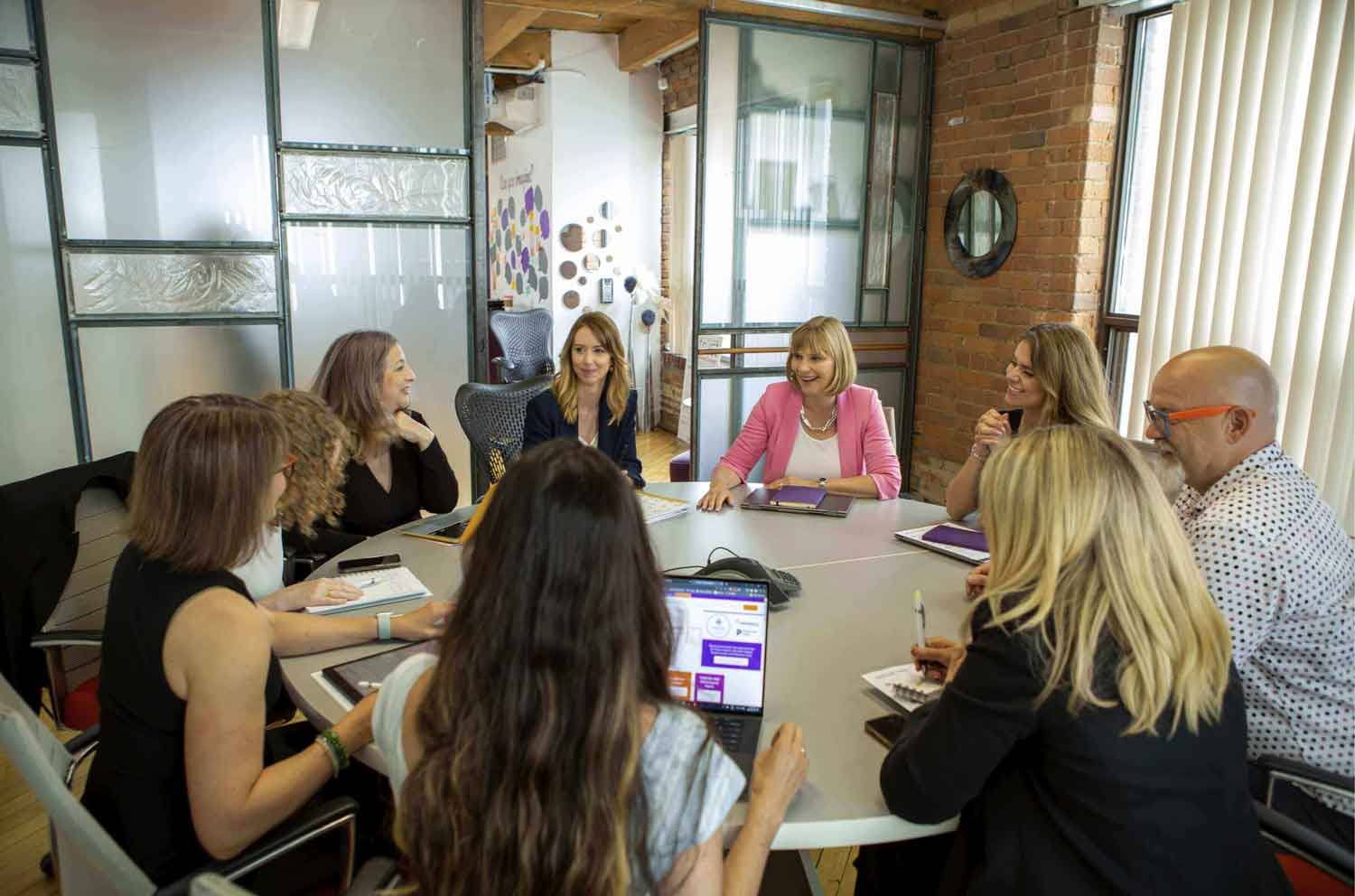 Have you seen Rick “Zombie boy” Genest? He’s a 26 year old guy that has tattooed himself to look like a, you guessed it, a rotting corpse. In probably one of the most effective product demo campaigns of all time, DermablendPro showcases its product by covering up Genest’s tattoos. The opening screen asks “how do you judge a book?” and after watching it and reflecting on another conversation I had this week, it got me thinking about why it’s important to challenge your perspectives about both people and situations.
Have you seen Rick “Zombie boy” Genest? He’s a 26 year old guy that has tattooed himself to look like a, you guessed it, a rotting corpse. In probably one of the most effective product demo campaigns of all time, DermablendPro showcases its product by covering up Genest’s tattoos. The opening screen asks “how do you judge a book?” and after watching it and reflecting on another conversation I had this week, it got me thinking about why it’s important to challenge your perspectives about both people and situations.
Most of us would agree that being open-minded to others based on their appearance is the right thing to do. But, perhaps more challenging, but equally important is the ability to be open-minded to others’ perspectives. This can be a particularly tough exercise when you find yourself strongly disagreeing with the other person especially if the issue is emotionally charged. We’ve all probably been in situations that degenerate into unproductive arguments where name calling or ego-clashing is getting in the way of our relationship with the other person. And, the aftermath caused by those interactions is often tough to move beyond.
If you find yourself fuming over a recent interaction with a colleague that left you feeling angry, humiliated, frustrated or just plain lousy, try this perspective-shifting technique to get a new view on the situation and possibly a new way forward with your colleague. Essentially, this is a method for self-reflection to add to your leadership toolkit.
- You’re right / they’re wrong… this is probably the easiest perspective to take. But probably not the most productive one.
- They’re right / you’re wrong… now try stepping into the conversation from the other person’s perspective. How were they coming at the issue? What might be true about their point of view? Time for you to “woman or man-up” and get real about your own behaviours and intentions in this perspective.
- We’re both right / we’re both wrong… what learning can you extract from the situation. What are you accountable for and what could you do differently in the future? Looking at both perspectives may lead you to the next thought, which is…
- The issue isn’t as important as it seems… after reflecting on each perspective, what remains? Was this just a hot-headed blow-up over something minor that in the grand scheme of things isn’t important? If so, let it go. If not, what have you learned that can help you and the other person move forward?
I learned this technique many, many years ago in an intensive communications program. I’ve used it ever since to help me see process tough conversations that left me feeling less than good about the outcome.
So, if you’re fuming about something, find a quiet spot, try journaling your thoughts and see where you end up. Bad interactions lead to bad relationships and bad work environments. If you want to put a relationship back-on-track, you may need to shift your perspective to move beyond the negative feelings and get clear on how to get things back on the rails.
Happy leading!




